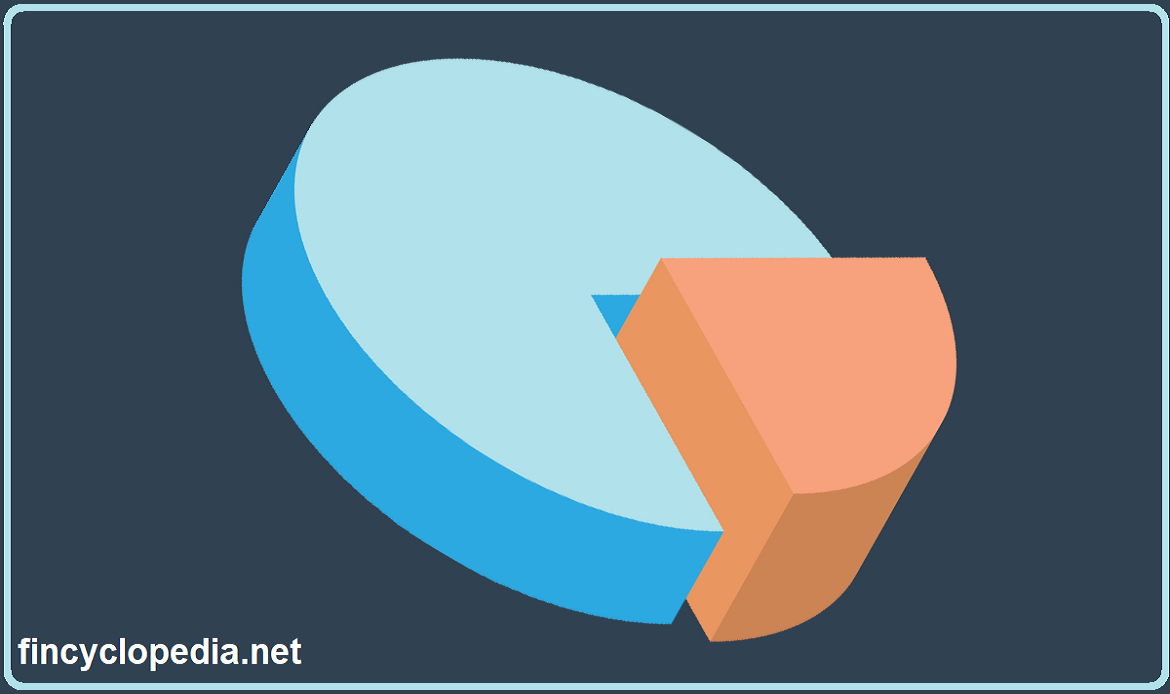An asset that cant be realized or is intended to be sold or fully utilized in a normal operating cycle (12 months after the financial position date), or is held primarily for the purpose of trading (e.g., inventory items). In other words, current assets include all assets of an entity that are expected to be sold or consumed in business operations over the next year. Examples of current assets are cash and cash equivalents, accounts receivable, inventory, marketable securities, prepaid liabilities, etc.
Classification of an asset as a current asset or a non-current asset depends on “intention”. A non-current asset may become current and vice versa, depending on a change in intention. For example, an investment in shares in another entity which were held for strategic purposes such as constructing a portfolio of shares for takeover acquisition- in which case the shares are classified as non-current assets. Initially, these shares are not available for sale (not held as marketable securities), but if the holding entity decides to sell them, the shares become a current asset.





